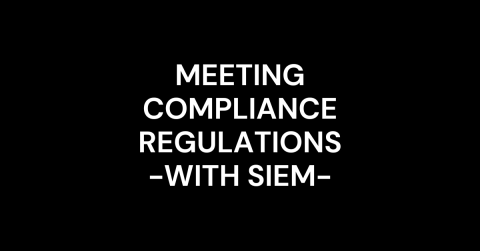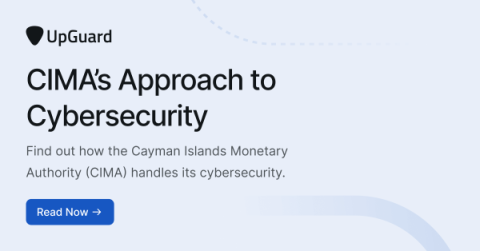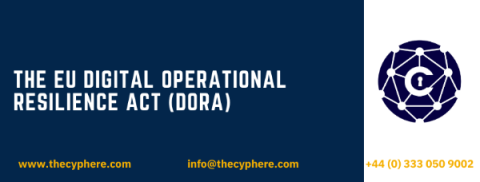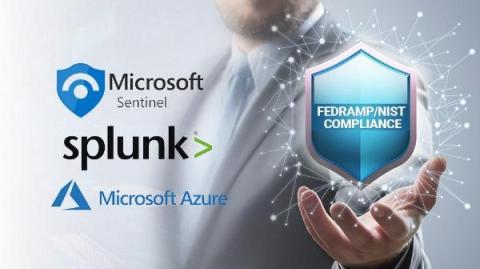Datadog Security extends compliance and threat protection capabilities for Google Cloud
Organizations are adopting Google Cloud at a growing rate. This growth is partially influenced by both the rise of AI computing and a push towards multi-cloud usage. A recent report found that 85 percent of organizations deploy their applications on multi-cloud architecture. With the shift to AI computing and multi-cloud adoption, organizations are reconsidering their cloud security coverage now more than ever.











